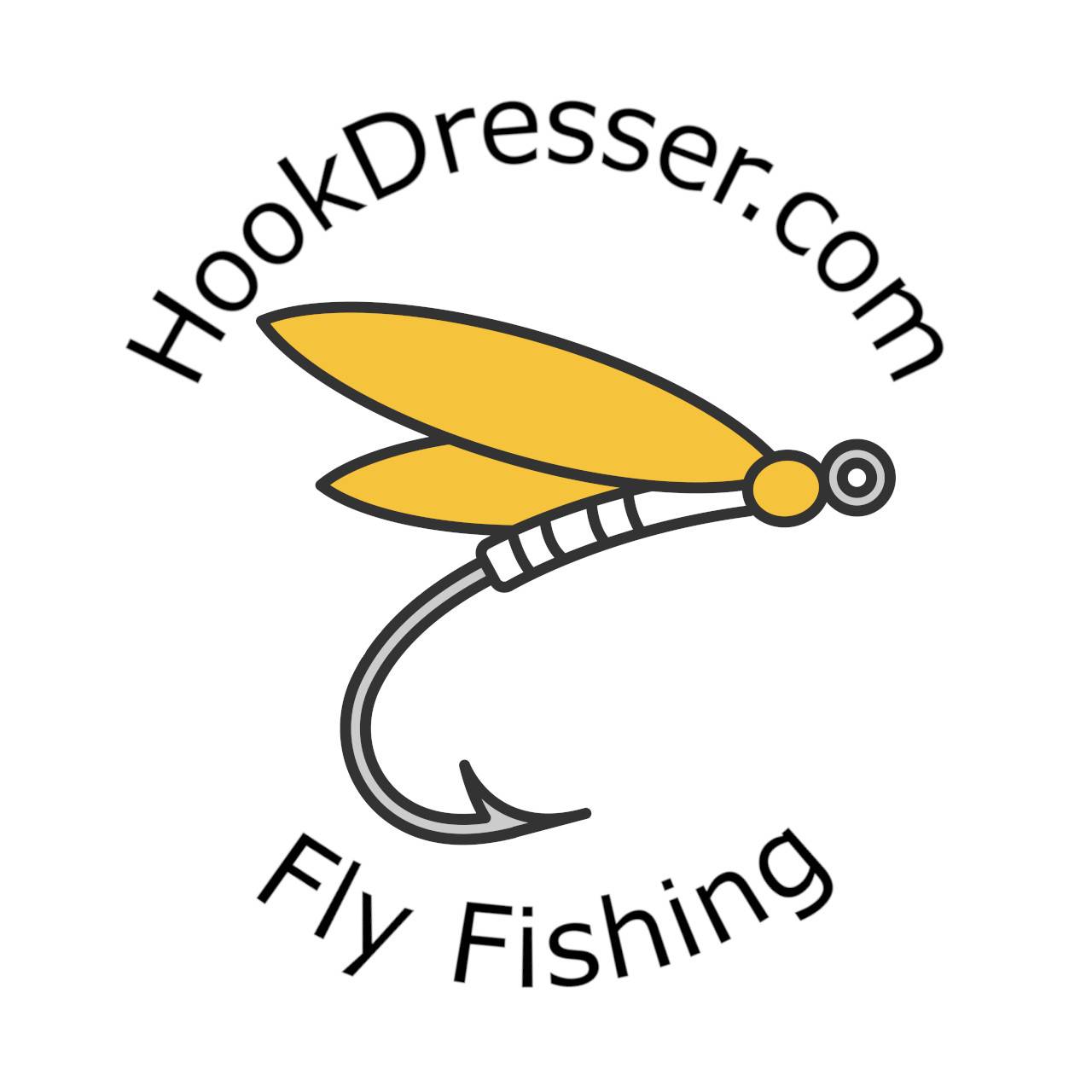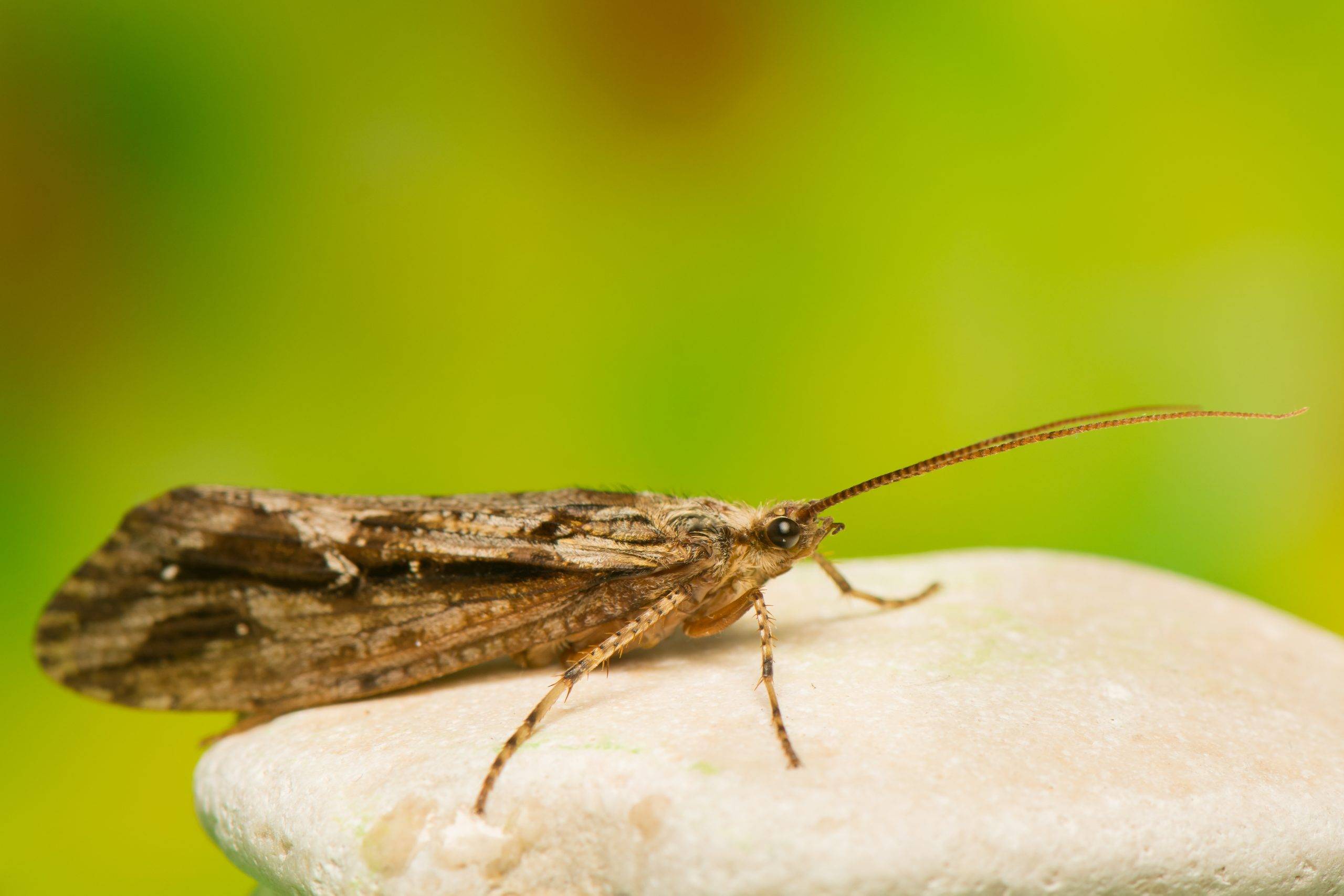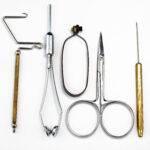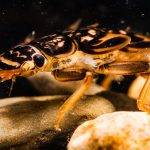The caddis fly, also known as a sedge, is a somewhat large aquatic insect that provide trout with an excellent source of protein. Trout feed on caddis fly at all stages of the insect’s life cycle from the larval stage, pupal, emergence and as a winged adult.
Therefore, becoming acquainted with this insect is important for every fly fisherman who wishes to target trout who feed on caddis flies and to capitalize on sedge hatches when trout are gorging themselves on caddis pupae and are tricky to catch.
Is a Sedge a Caddis Fly?
A sedge is an alternative name for a Caddisfly. A caddisfly is the insect that emerges from a case caddis larva.
Adult sedges are nocturnal, hiding in the vegetation during the day. They are often seen in late spring and the summer months mating at dusk.
The Life Cycle of a Caddis Fly
The life cycle of a caddis fly has a larva, pupa, and adult stage. During the larval stage, the caddis look like small worms with their bodies made up of several segments. The larval stage is divided into two classifications based on whether they are free swimming or have a case.
The free-swimming larvae are referred to as free-living caddis while the larvae that have a case are called cased caddis. There are several caddis larvae fly patterns you can tie to imitate the larval stage of a caddis fly.
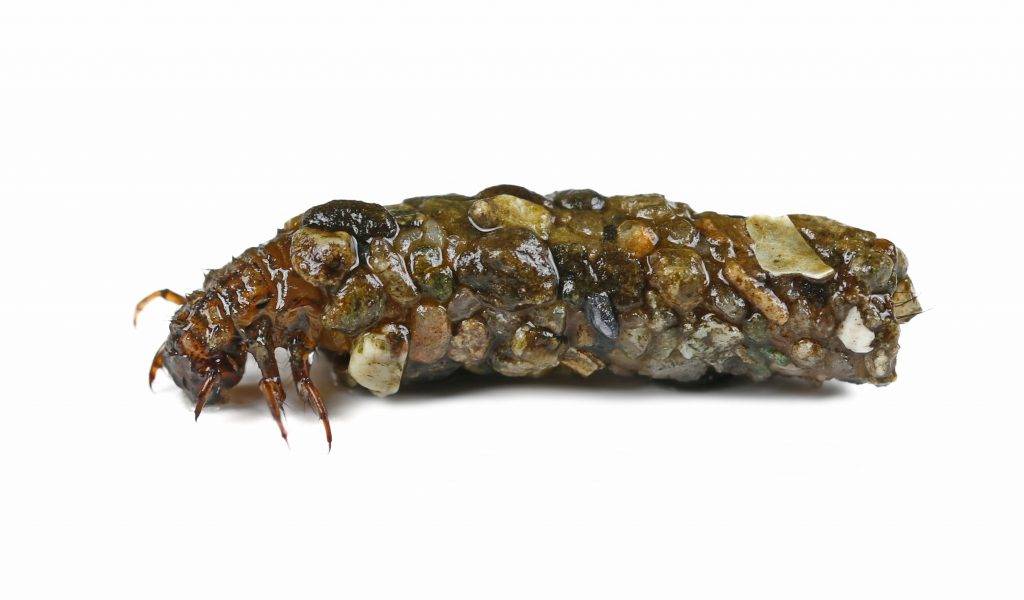
Cased caddis build a case around them. The case is made of bits of vegetation, debris, bits of sand, or gravel. The materials the cased caddis uses to build its case are held together with a sticky silk.
Free-living caddis larvae swim along the bottoms of still waters or hide under shelters of silk. They trap food as it flows by them. As a result, they are found in habitats with flowing water.
During the pupal stage, the caddis build a shelter of rocks or silk and remains in this cocoon until it hatches into its winged adult stage.
When the pupa emerges from its cocoon it swims to the surface film to complete its metamorphosis. A caddis pupa in the surface film of the water is extremely vulnerable to being predated upon my fish. There are many caddis pupa fly patterns you can tie to imitate a caddis fly pupae emerging from its cocoon.
Once the caddis fly has fully emerged into a winged adult, it will fly away from the water to the safety of nearby trees and vegetation near the water body the larva used to live. Caddis fly adults spend two to three weeks away from the water before returning to mate.
Male caddis flies will begin to swarm near their home water to form a swarm. Females join the swarm of males to have their eggs fertilized. Once mating has finished, females deposit their eggs on the surface of the water. There are a variety of caddis fly pupa patterns that imitate a female caddis fly laying her eggs.
How to Imitate Caddis Flies in Fly Tying?
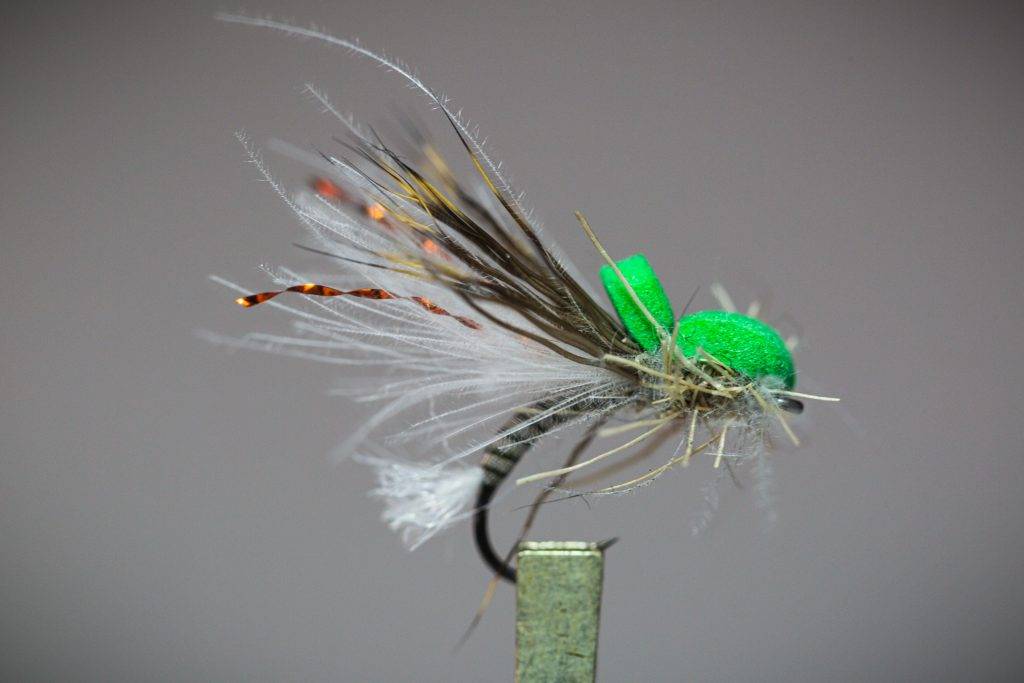
Both fly tiers and fly fishers imitate the life cycle of the caddis fly in five distinct stages when presenting a fly to trout. These five stages are: the larval, pupal, emerger, cripples, and winged adult stages.
Emerger fly patterns imitate a caddis fly during its emergence stage from a pupa to a winged adult.
Cripple fly patterns, on the other hand, while similar to an emerger, is designed to imitate an emergent caddis that has become trapped in the surface film by its pupal shuck. A pupa that has become stuck in its shuck will be unable to hatch into a winged adult.
Winged adults are represented by using a dry fly that resembles a fully emerged caddis fly, also known as a sedge. These sedge flies are fish on the surface of the water to imitate a female laying her eggs.
Are Sedges Dry Flies?
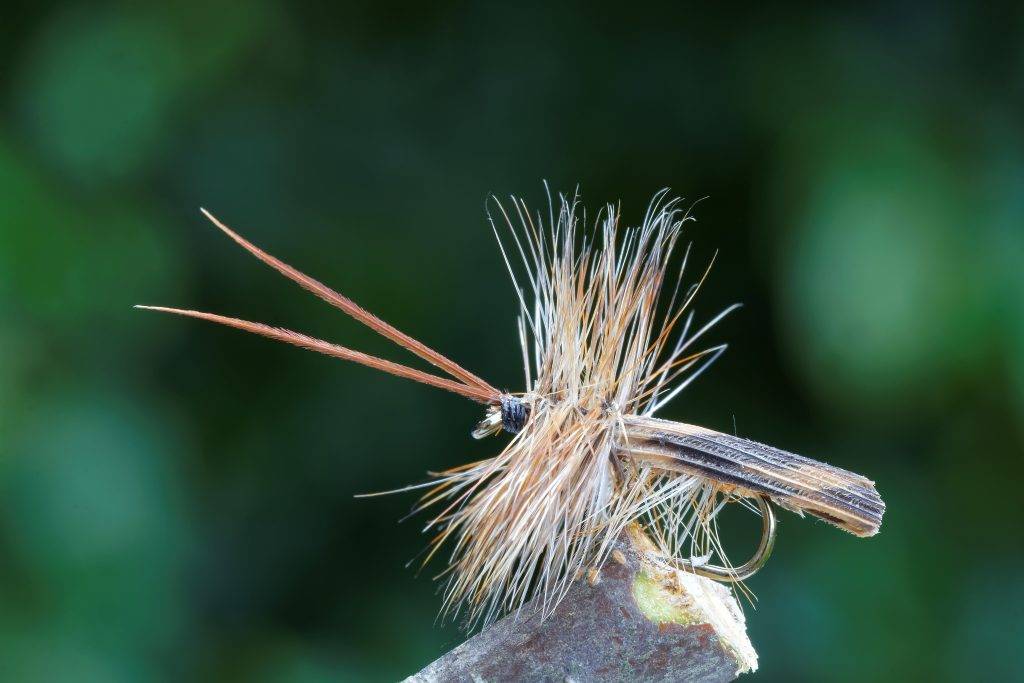
Yes, sedge imitation fly patterns are dry flies. Sedge flies are tied with typical dry fly materials including cock hackles, deer hair, or foam. This makes the fly sit on the surface of the water making the sedge pattern act like an adult winged sedge.
Other sedge imitations represent the pupal stage of a caddis fly. These fly imitations partially sit above and a little below the surface of the water to imitate an emerging caddis pupa.
Certain sedge fishing techniques can enhance your presentation of the sedge fly and help you catch more fish.
How to Imitate Caddis Flies in Fly Fishing?
The best time to use a dry fly to imitate caddis fly is when the female sedges return to the water to lay eggs. Trout will readily take these female caddis flies. Casting a dry fly sedge imitation near a rising fish will often result in a hooked fish.
During their emergent stages, caddis fly pupae are at their most vulnerable. Trout can often be seen sipping the pupae from just under the surface of the water.
Pupae, emerger and cripple imitations will be the best for representing caddis fly at their emergent stage of their life cycle. Since, winged adult caddis flies spent very little time on the water, the emergent caddis fly representations will be the most important to keep in your fly box.
FAQ
Are Caddis and Sedge the Same?
Caddis flies and sedge are the same. They are two different names for the adult caddis fly larvae. They are an important source of food for trout and grayling. This makes them important for fly fishermen targeting these species to be able to imitate.
What Does a Sedge Fly Imitate?
A sedge fly imitates a caddis fly. Caddis flies are adult insects of the case caddis larva. There are flies that imitate all stages of the caddis flies’ life cycle from the larval, pupal, emerger and winged adult stage of the caddis’ life cycle.
What Time of Year do Caddis Fly Hatch?
Caddis, or sedge flies, hatch during the mid-late spring all throughout the summer depending on the species of caddis.
Is a Caddis Fly a Dry Fly?
Caddis flies are fished as a dry fly. They are typically tied with a cock hackle, deer hair, or foam making the fly sit on the surface of the water. This helps to imitate the erratic skating behavior of the caddish fly as it lays its eggs on the surface of the water.
